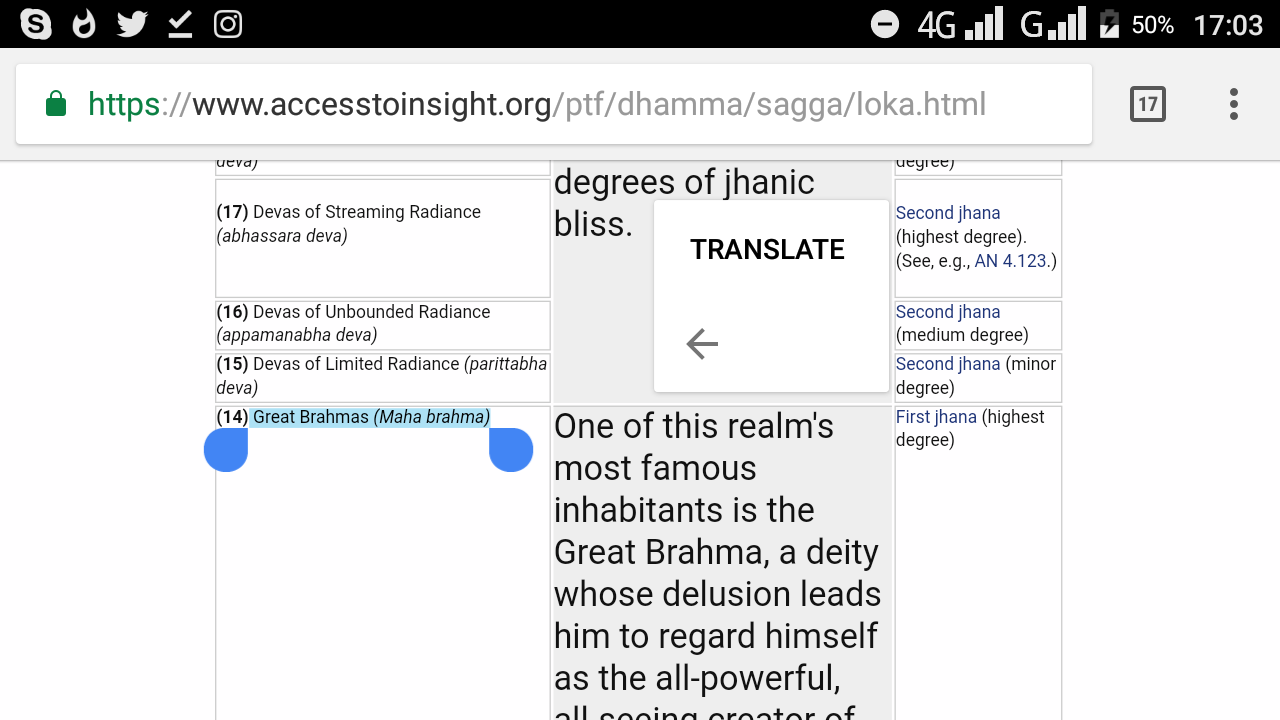ToDhammacakkappavattana Sutta lays out the “blueprint” of Buddha Dhamma, and in one part of it names the 6 deva realms and 15 out of 16 rupi Brahma realms. The sutta is meant to convey the way to “see” the true nature of existence with wisdom, not with the physical eye. Only a Buddha can discover the true nature, but a human can comprehend it, once explained.
In the brahma realms, all brahmas are born fully formed without the help of a mother’s womb. Theirs is an “opapatika” birth. For example when a human dies, his body becomes inert like a log, and at the very instant a fully-formed brahma is formed in the appropriate brahma world. This brahma will have sense faculties appropriate for a brahma: only eyes, ears, and a mind. These are the indriya for the new existence. These indriya can become ayatana (a factory that produces sankharas of another birth) at times depending on the activities of that brahma.
Male/female distinction is there only in the kama loka. In the brahma realms (higher 20 realms), there is no such distinction. Brahmas do not have dense physical bodies or sexual organs. One is born in either the 16 rupa loka realms or the 4 arupa loka realms (brahma realms) because one has given up all desires for bodily pleasures, including sex, because one has seen the value of niramisa sukha (and jhanic pleasures) that can be continued…achieved by giving up bodily pleasures.
All brahma realms are “unisex“. Brahmas do not have dense bodies to experience touch, taste of foods, or smells. They have very fine bodies. A brahma “body” has only the most minute of matter that is much much smaller than an atom in modern science. This is why it is thought (erroneously) that there is no matter in arupa lokas. There is matter, but it is insignificantly small. The Buddha said that vinnana cannot exist without a pancakkhandha, and the pancakkhandha in the arupa loka has a rupa component, even though negligibly small.
Brahmas in rupa loka are removed from “coarse sense pleasures”; they do not have a desire for tastes, smells, or body touches. Seeing and hearing is enough for them. Brahmas in arupa loka do not even have a desire for sights and sounds. Mind pleasures are enough for them, and the presence of matter is minimal in the arupa loka. So, sense pleasures are absent in brahma loka.
Brahmas and devas can “see” humans engaging in activities (if they want to), but they do not have any liking (upadana) for such “coarse pleasures”. Their mental state is much higher, just like a human who has developed abhinna powers. They could actually be repulsed by human bodies. Just like we do not “miss out” on the activities of worms, they are not interested in human activities. It all depends on the mindset associated with the particular bhava.
The brahmas (and also devas) can “see” without the aid of light and “hear” without the having air to transmit sound waves; their “physical bodies” do not have “eyes” and “ears” like ours. Thus they can “see” and “hear” over great distances. And they can be anywhere they wish within a short time. The closest analogy of how their “vision” works is how we “see” dreams; we don’t need eyes to see dreams. Likewise the brahmas just perceive.
